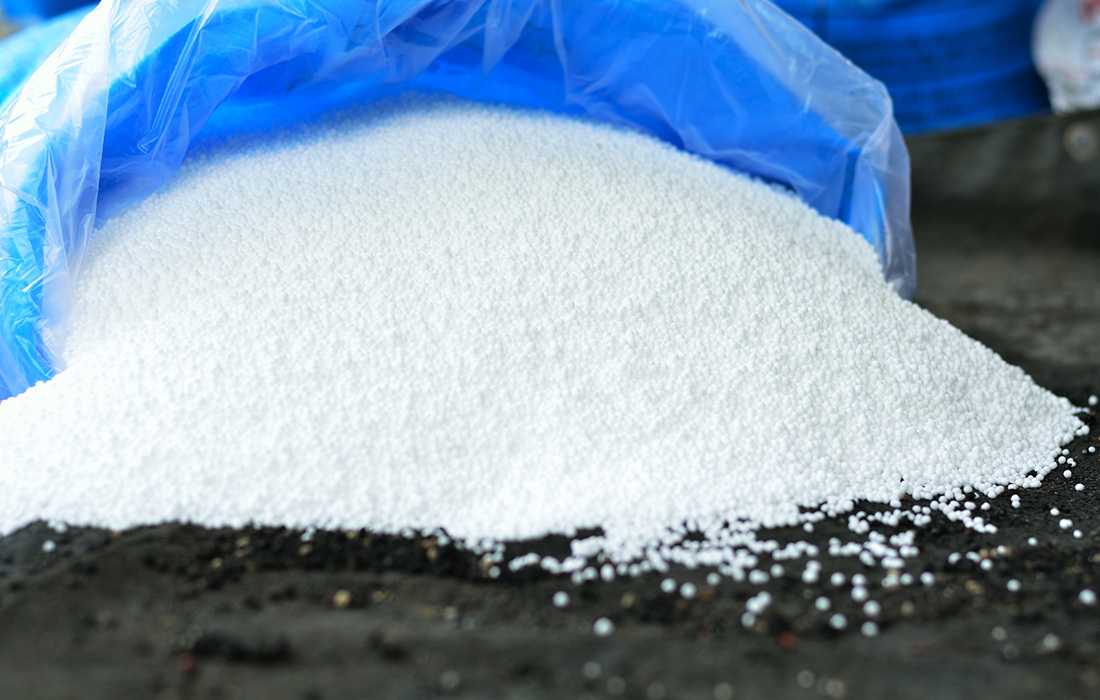
24 Dec urea
Urea is an organic compound with the chemical formula CO(NH2)2. It is a white crystalline solid that is highly soluble in water. Urea is a naturally occurring compound found in the urine of mammals, including humans, as a waste product of protein metabolism. However, it is also produced synthetically on a large scale for various industrial and agricultural applications.
In agriculture, urea is primarily used as a nitrogen fertilizer. It is a concentrated source of nitrogen that can be easily converted into a plant-usable form. Urea provides essential nitrogen to plants, promoting their growth, development, and overall health. It is widely used in agricultural practices to increase crop yields and improve soil fertility.
Apart from its role as a fertilizer, urea has several other applications. It is used in the production of resins, adhesives, and plastics. Urea-formaldehyde resins, for example, are widely used in the manufacturing of plywood, particleboard, and other wood-based products. Urea is also utilized in the synthesis of various chemicals, such as pharmaceuticals, dyes, and cosmetics.
In the medical field, urea has diagnostic and therapeutic applications. In clinical settings, urea levels in the blood and urine are measured to assess kidney function and hydration status. Urea-based creams and ointments are used in dermatology for their moisturizing and keratolytic properties, helping to soften and remove dead skin cells.
Overall, urea plays a crucial role in agriculture, industry, and healthcare, serving as a valuable compound with diverse applications.

